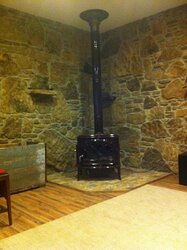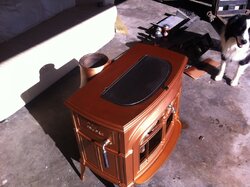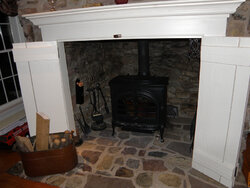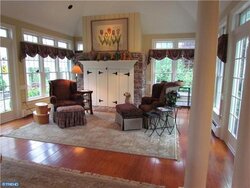We finally had what I hope was the last fire of the laaaate spring. I've cleaned the chimney, shoveled and vacuumed out the firebox, cleaned the glass good, and wiped everything down.
The stove looks great, but I wondered if there is any additional stove maintenance people typically do when they put their stove away for the season?
Thanks for your thoughts.
The stove looks great, but I wondered if there is any additional stove maintenance people typically do when they put their stove away for the season?
Thanks for your thoughts.







